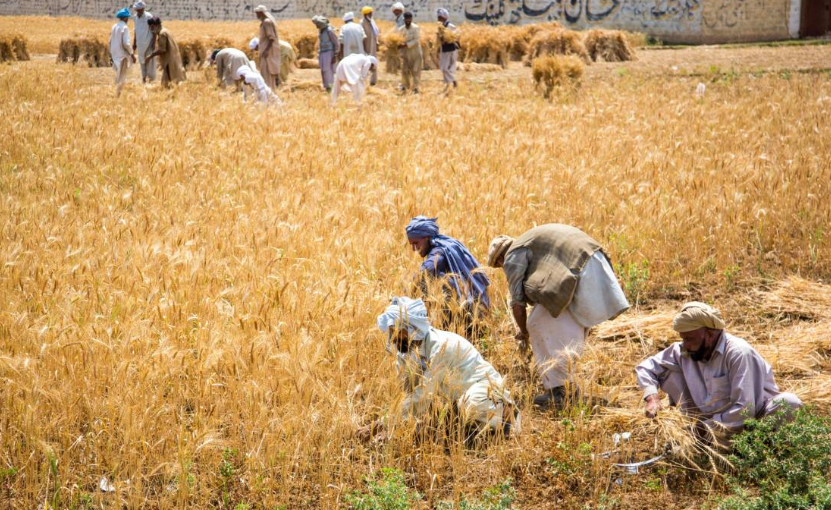ISLAMABAD — The vast majority of Pakistan’s farmers now operate on increasingly smaller plots of land, according to new data from the 2024 Agricultural Census — a trend that experts warn could undermine the country’s agricultural productivity and long-term food security.
The latest figures show that 97% of Pakistani farmers now own less than 12.5 acres, with the average farm size declining to just 5.1 acres, down from 6.4 acres in 2010. This shrinking average, despite an overall increase in cultivated land nationwide, signals a troubling fragmentation of agricultural holdings.
Federal Planning Minister Ahsan Iqbal called the trend a threat to economic efficiency in the sector, noting that the dominance of tiny, fragmented farms makes corporate-scale or mechanized farming increasingly difficult.
“This kind of land distribution severely limits agricultural innovation and scalability,” Iqbal said, urging a shift in policy to support land consolidation and modernization.
Land Inequality Persists Despite Expansion
While the total area under cultivation has grown — from 42.6 million acres in 2010 to 52.8 million acres in 2024 — much of this expansion hasn’t translated into stronger ownership for the average farmer. A small elite of 16,958 landlords still control over 100 acres each, accounting for 6.2% of total agricultural land, with an average holding of 215 acres.
In contrast, 61% of farmers manage less than 2.5 acres, plots often too small to generate sustainable incomes, especially in the absence of modern techniques or high-yield inputs.
Tenant Farming Declines, Owner-Operated Farms on the Rise
One notable shift in the structure of the sector is a decline in tenant farming. The number of total farms has risen from 8.3 million to 11.7 million over the past 14 years, but the majority of these are now owner-operated — suggesting a gradual move toward formalized landholding, though not necessarily increased productivity.
Wheat Still Rules, Cotton Falls Out of Favor
Pakistan’s crop choices are also evolving. Wheat continues to be the dominant crop, with a slight increase in its share of total cultivated area — now at 43.3%, up from 42% in 2010. But cotton, once a cornerstone of the country’s textile-driven economy, has seen a dramatic drop, falling from 14% to just 7.9%. Sugarcane has also declined modestly, now covering 3.3% of farmland compared to 4% previously.
Livestock Grows, Led by Punjab
Pakistan’s livestock population has surged to 251.3 million, with an annual growth rate of 3.1%. Punjab continues to dominate in this area, particularly in cattle, buffaloes, and horses. Balochistan and Khyber Pakhtunkhwa have also shown notable livestock numbers, suggesting potential in diversifying rural incomes beyond crop farming.
Irrigated Land Increases, Rain-fed Areas Shrink
Another key development: a growing reliance on irrigated agriculture. Irrigated land now covers 45.9 million acres, a significant jump from 2010’s 42.6 million. Meanwhile, rain-fed farming has declined to just 4.9 million acres, reflecting both changing climate patterns and shifting investment in irrigation infrastructure.
Policy Implications: A Call for Rethinking Agriculture
The Planning Ministry sees this data as a blueprint for future policymaking. With such a large portion of the agricultural workforce relying on increasingly smaller plots, officials are calling for targeted reforms to boost productivity, improve climate resilience, and equip farmers with modern tools.
Iqbal emphasized that without immediate support for smallholders — who form the backbone of the agricultural sector — Pakistan risks falling further behind in both domestic food security and global agri-competitiveness.
“We must empower these small farmers with access to finance, technology, and climate-smart practices,” he said, signaling potential policy shifts in the months ahead.
